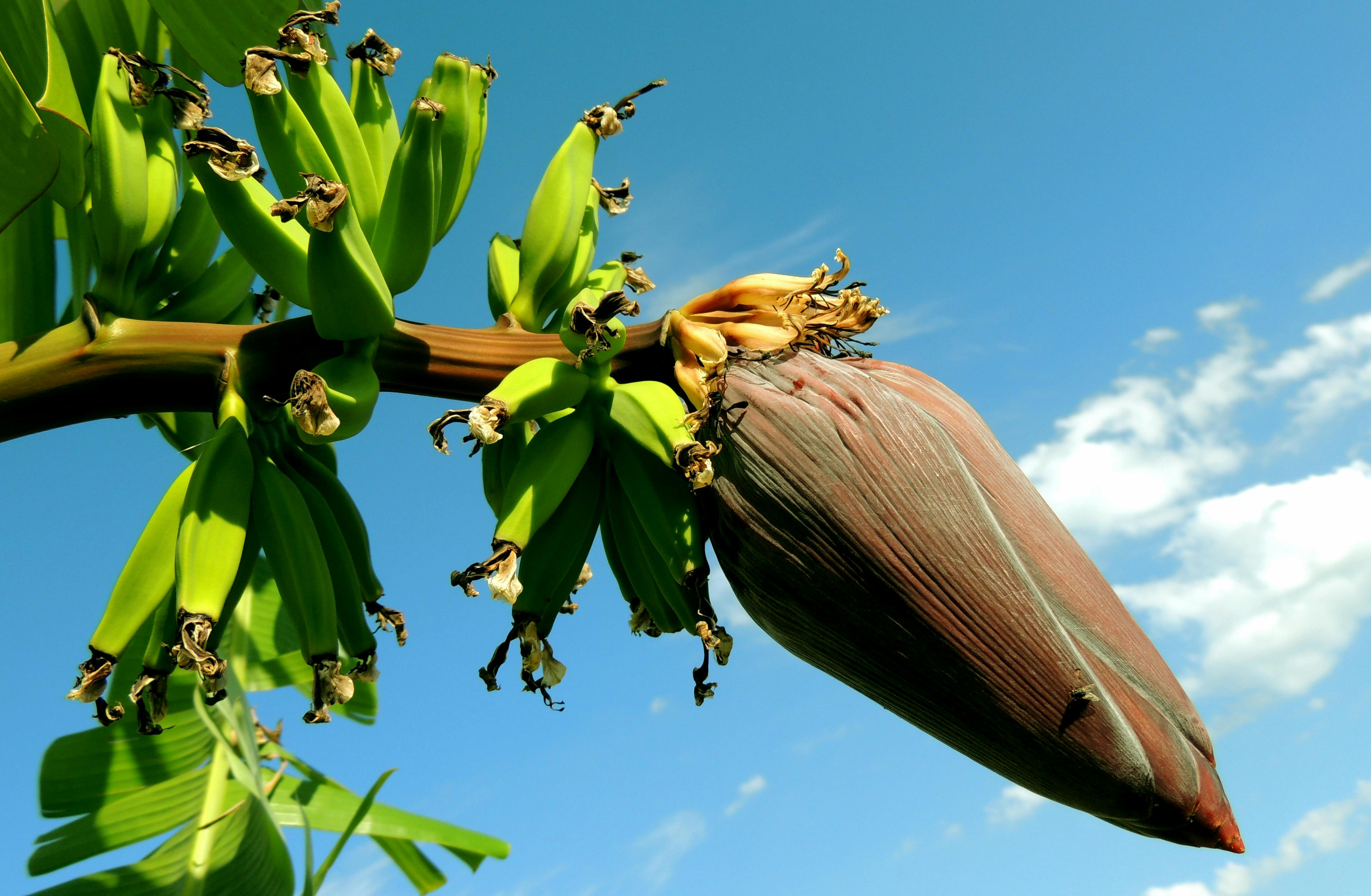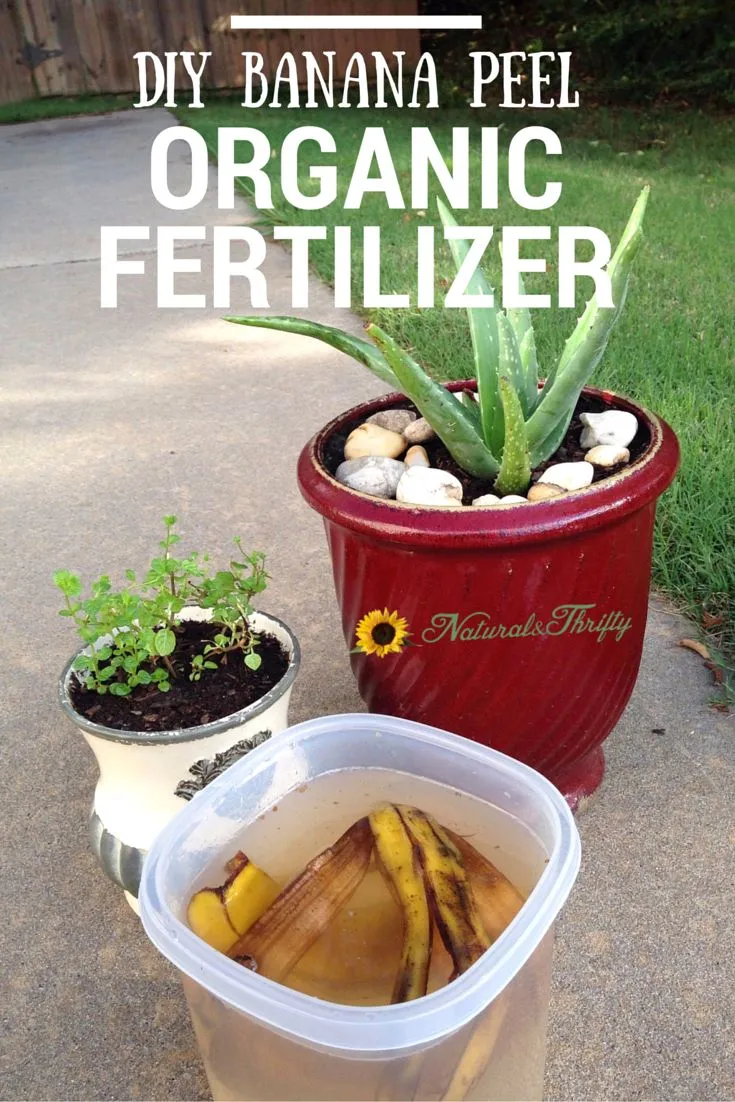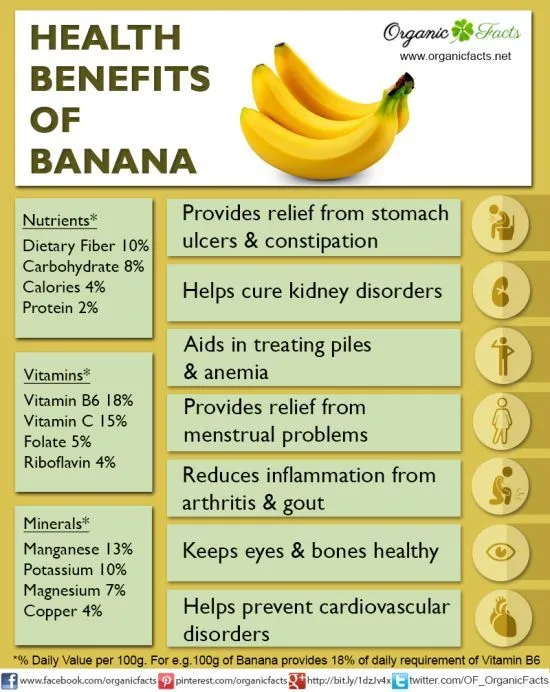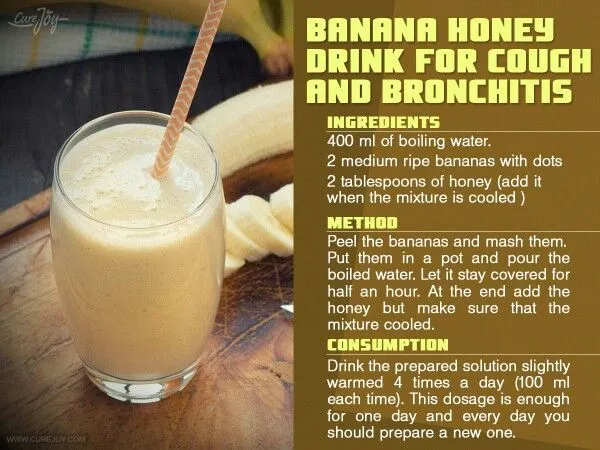Key Takeaways
- Innovative Breeding Techniques: Combining traditional methods with CRISPR technology to create banana varieties with desirable traits.
- Enhanced Disease Resistance: Developing cultivars resistant to major threats like Panama disease, ensuring stable banana production.
- Improved Nutritional Profiles: Increasing essential vitamins and minerals in bananas to boost their health benefits.
- Climate Resilience: Breeding bananas that can thrive in diverse and changing environmental conditions.
- Sustainable Agriculture Practices: Promoting eco-friendly farming methods that protect the environment and support farmer livelihoods.

Bananas have been a staple in diets around the world for centuries, but the future holds exciting changes for this beloved fruit. I’m thrilled to explore the latest advancements in banana breeding that promise not only to enhance flavor and texture but also to improve resilience against diseases and climate challenges.
As we face a rapidly changing environment, scientists are working tirelessly to develop new banana varieties that can thrive in diverse conditions. These innovations could ensure that bananas remain accessible and sustainable for generations to come. Join me as we delve into the cutting-edge techniques and promising developments shaping the future of banana varieties.
Current Banana Varieties
Bananas come in a variety of types, each with unique characteristics and uses. Understanding these varieties helps in appreciating their roles in diets and agriculture worldwide.
Popular Cultivars Worldwide

Several banana cultivars dominate the global market due to their taste, resilience, and versatility. Here are some of the most popular:
- Cavendish: The most widely consumed banana, known for its sweet flavor and durability during transport.
- Gros Michel: Once the standard commercial banana, it has a rich taste but is now less common due to disease susceptibility.
- Lady Finger: Smaller and sweeter, ideal for desserts and fresh consumption.
- Red Banana: Distinctive for its reddish-purple skin and creamy, sweet flesh.
- Plantain: Starchier and larger, commonly used in cooking rather than eaten raw.
| Cultivar | Flavor Profile | Primary Use | Notable Characteristics |
|---|---|---|---|
| Cavendish | Sweet, mild | Fresh consumption | Resistant to current diseases |
| Gros Michel | Rich, creamy | Limited commercial | Vulnerable to Panama disease |
| Lady Finger | Very sweet, delicate | Desserts, fresh | Smaller size, soft texture |
| Red Banana | Sweet, slightly raspberry-like | Fresh consumption | Distinct red skin, creamy flesh |
| Plantain | Starchy, savory | Cooking | Larger size, firm texture |
Genetic Diversity in Bananas
Genetic diversity is crucial for developing resilient banana varieties. It enables breeding programs to introduce traits like disease resistance and climate adaptability. Wild banana species contribute valuable genes that enhance the genetic pool. Maintaining and expanding this diversity ensures bananas can thrive amid environmental changes and emerging threats.
Challenges in Banana Cultivation
Banana cultivation faces several significant hurdles that impact production and sustainability. Addressing these challenges is crucial for the future of banana varieties.
Disease and Pest Resistance
Fungal diseases like Panama disease (Tropical Race 4) threaten banana plantations worldwide. Efforts focus on breeding resistant varieties and implementing integrated pest management strategies. Common pests include banana weevils and nematodes, which damage roots and reduce yields. Enhancing genetic diversity helps mitigate these risks, ensuring healthier banana crops.
Climate Change Impacts
Rising temperatures and unpredictable weather patterns affect banana growth cycles. Droughts limit water availability, while excessive rainfall increases the risk of fungal infections. Developing climate-resilient banana varieties involves selecting traits such as drought tolerance and heat resistance. These adaptations ensure banana cultivation remains viable in changing environmental conditions.
Advances in Banana Breeding Techniques
I’m thrilled to share the latest strides in banana breeding that are shaping the future of this beloved fruit. These advancements ensure bananas remain delicious and resilient in changing environments.
Traditional Breeding Methods
Traditional breeding focuses on selecting and cross-pollinating banana plants to enhance specific traits. By choosing varieties with desirable qualities like sweetness, texture, and disease resistance, scientists cultivate new hybrids that meet both consumer preferences and agricultural needs. For example, crossing the Cavendish with more disease-resistant varieties helps develop bananas that can better survive threats like Panama disease.
Genetic Engineering and CRISPR
Genetic engineering, particularly CRISPR technology, has revolutionized banana breeding by allowing precise edits to the banana genome. This method accelerates the development of varieties with targeted traits such as drought tolerance and enhanced nutritional content. Researchers use CRISPR to knock out genes responsible for susceptibility to certain diseases, resulting in more robust and sustainable banana plants. For instance, CRISPR has been employed to create bananas that can thrive in higher temperatures, addressing challenges posed by climate change.
New Developments in Banana Varieties
Advancements in banana breeding focus on enhancing disease resistance and improving nutritional content. These developments ensure the sustainability and health benefits of future banana varieties.
Disease-Resistant Bananas
I collaborate with scientists developing banana varieties resistant to diseases like Panama disease. By introducing genes that fight Fusarium wilt, these new bananas reduce crop losses and maintain a stable supply. Additionally, resistance to pests such as banana weevils and nematodes decreases the need for chemical treatments, promoting eco-friendly farming practices.
Enhanced Nutritional Profiles

Breeding programs aim to boost the nutritional value of bananas by increasing essential vitamins and minerals. For example, new varieties offer higher levels of vitamin C and potassium, supporting better health benefits. These improvements make bananas not only tastier but also more beneficial for consumers, aligning with the growing demand for nutrient-rich foods.
Sustainable Breeding Practices
Sustainable breeding practices ensure that new banana varieties thrive without compromising the environment or communities. These practices integrate ecological balance with agricultural advancements.
Environmental Considerations
Implementing sustainable breeding involves selecting traits that enhance environmental resilience. I focus on developing banana varieties with reduced water needs, such as drought-tolerant strains, to conserve resources. Additionally, breeding for disease resistance minimizes the need for chemical pesticides, protecting soil health and biodiversity. For example, introducing genes that combat Panama disease decreases crop loss and promotes eco-friendly farming. Maintaining genetic diversity also supports ecosystem stability, allowing banana plantations to adapt to changing climate conditions.
Socioeconomic Implications
Sustainable breeding positively impacts local communities by ensuring reliable banana yields and supporting livelihoods. I prioritize developing varieties that are not only resilient but also high-yielding, providing farmers with stable income. Enhanced nutritional content in new banana strains meets consumer demand for healthier food options, boosting market value. Collaborating with farmers, I help implement breeding programs that are cost-effective and accessible, empowering them to adopt sustainable practices. This approach fosters economic growth and food security, ensuring that banana cultivation benefits both producers and consumers.
Future Outlook for Banana Varieties
The development of new banana varieties continues to evolve, addressing both agricultural challenges and consumer demands. Advancements in research and market dynamics are shaping the future landscape of bananas.
Emerging Trends in Banana Research
Researchers focus on genetic diversity to enhance banana resilience and nutritional value. Key trends include:

- CRISPR Technology: Enables precise genome editing to develop disease-resistant and climate-tolerant varieties.
- Biotechnological Innovations: Incorporate traits like improved shelf life and enhanced flavor profiles.
- Sustainable Breeding Practices: Emphasize ecological balance by reducing pesticide dependence and conserving water through drought-resistant strains.
- Nutritional Enhancements: Increase levels of essential vitamins and minerals to boost health benefits.
- Integration of Traditional and Modern Techniques: Combines traditional breeding methods with advanced genetic tools to accelerate variety development.
Potential Market Impacts
- Increased Crop Yields: Higher productivity ensures steady supply, stabilizing market prices.
- Market Expansion: Diverse flavors and textures attract a broader consumer base, increasing demand.
- Economic Benefits for Farmers: Resistant varieties reduce losses from diseases, enhancing profitability.
- Sustainable Agriculture: Eco-friendly practices appeal to environmentally conscious consumers, driving market preference.
- Product Innovation: Enhanced bananas inspire new recipes and banana-based products, expanding market offerings.
| Emerging Trends | Potential Market Impacts |
|---|---|
| CRISPR Technology | Increased Crop Yields |
| Biotechnological Innovations | Market Expansion |
| Sustainable Breeding Practices | Economic Benefits for Farmers |
| Nutritional Enhancements | Sustainable Agriculture |
| Integration of Traditional and Modern Techniques | Product Innovation |
Conclusion
« Banana Hybrids and Their Unique Characteristics: Discover the Amazing Varieties Transforming the Banana Industry
The Nutritional Powerhouse: What’s in a Banana? Discover Its Amazing Health Benefits »
I’m truly excited about the strides being made in banana breeding. Seeing how scientists are tackling challenges like diseases and climate change gives me hope for the future.
It’s inspiring to think about new varieties that are not only delicious but also resilient and sustainable. These advancements mean that bananas will continue to be a staple in diets around the world.
I’m confident that with ongoing research and collaboration we’ll enjoy a diverse and thriving banana landscape for generations to come.
Frequently Asked Questions
Why are bananas important in global diets?
Bananas are a staple food for millions worldwide, providing essential nutrients like potassium, vitamin C, and dietary fiber. They are versatile, easy to consume, and play a crucial role in food security, especially in tropical regions. Their widespread availability and nutritional benefits make bananas a key component of daily diets across various cultures.
What advancements are being made in banana breeding?
Scientists are enhancing bananas by improving flavor, texture, and resilience. Advances include developing disease-resistant and climate-adaptive varieties through traditional breeding and genetic engineering techniques like CRISPR. These efforts aim to ensure sustainable banana production and meet consumer demands for better-tasting and more robust fruit.
How does genetic diversity benefit banana cultivation?
Genetic diversity is vital for breeding programs as it introduces traits such as disease resistance and climate adaptability. A diverse genetic pool helps bananas withstand environmental changes and emerging threats, ensuring the sustainability and resilience of banana crops. Maintaining diversity is essential for the long-term viability of banana cultivation.
What are the most popular banana varieties and their uses?
Popular banana varieties include Cavendish, Gros Michel, Lady Finger, Red Banana, and Plantain. Cavendish is widely exported and consumed fresh, Gros Michel was historically significant before disease outbreaks, Lady Finger is sweet and small, Red Banana has a distinct flavor and color, and Plantain is starchy, used in cooking. Each variety offers unique characteristics suited to different culinary applications.
What challenges are currently facing banana cultivation?
Banana cultivation faces challenges like Panama disease, pests such as banana weevils and nematodes, and the impacts of climate change. These issues threaten crop health and yield, necessitating the development of resistant varieties and the implementation of integrated pest management strategies to ensure sustainable production.
How is climate change impacting banana growth?
Climate change affects banana growth cycles through rising temperatures and unpredictable weather patterns. These changes require the development of climate-resilient banana varieties with traits like drought tolerance and heat resistance. Adapting to these conditions is crucial for maintaining banana production in the face of environmental shifts.
What role does CRISPR play in banana breeding?

CRISPR technology allows precise edits to the banana genome, accelerating the development of varieties with specific traits such as drought tolerance and enhanced nutrition. This genetic engineering tool enhances traditional breeding methods, making it faster and more efficient to create resilient and improved banana varieties.
How do sustainable breeding practices support banana farming?
Sustainable breeding practices ensure new banana varieties thrive without harming the environment or communities. By developing drought-tolerant strains and disease-resistant varieties, these practices reduce water usage and pesticide dependence, protect soil health and biodiversity, and promote ecosystem stability, supporting long-term agricultural sustainability.
What are the socioeconomic benefits of developing resilient banana varieties?
Resilient banana varieties support reliable yields, benefiting local communities and farmers’ livelihoods. They meet consumer demand for healthier food options, boost market value, and enable farmers to adopt sustainable practices. This fosters economic growth, enhances food security, and ensures that banana cultivation benefits both producers and consumers.
What is the future outlook for banana cultivation and breeding?
The future of banana cultivation involves continued innovation and sustainability. Key trends include the use of CRISPR for precise genome editing, biotechnological advancements for better shelf life and flavor, and sustainable breeding practices. These developments aim to increase crop yields, expand markets, support farmers economically, and inspire new banana-based products, ensuring bananas remain a vital global food source.
















